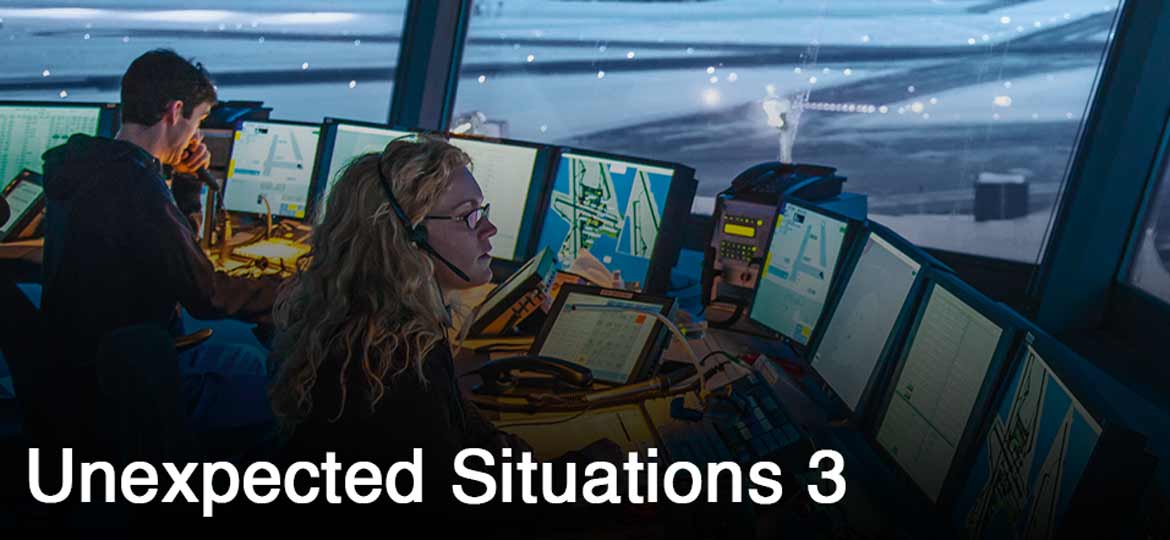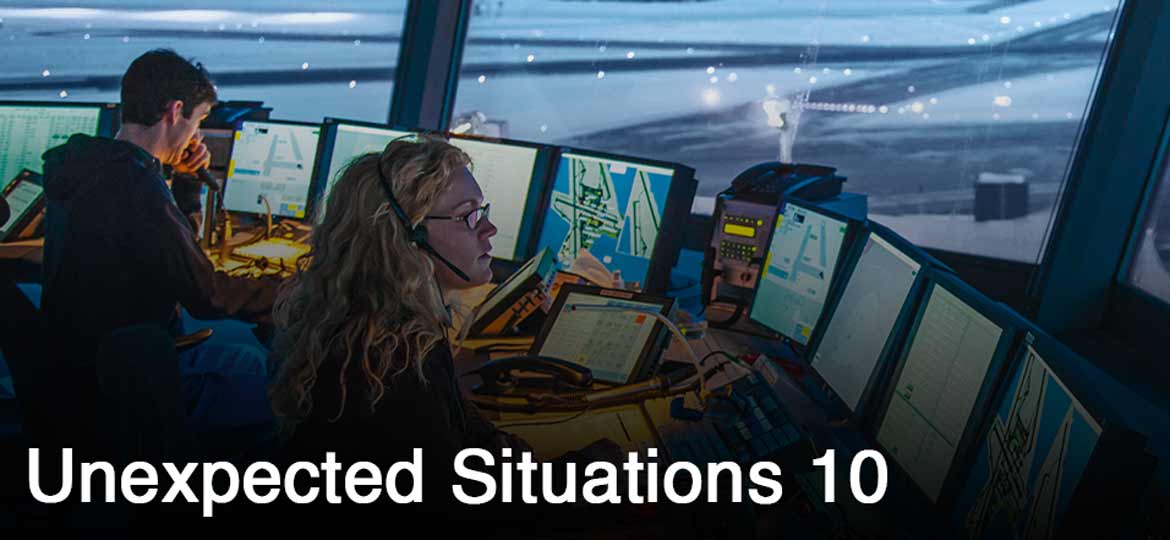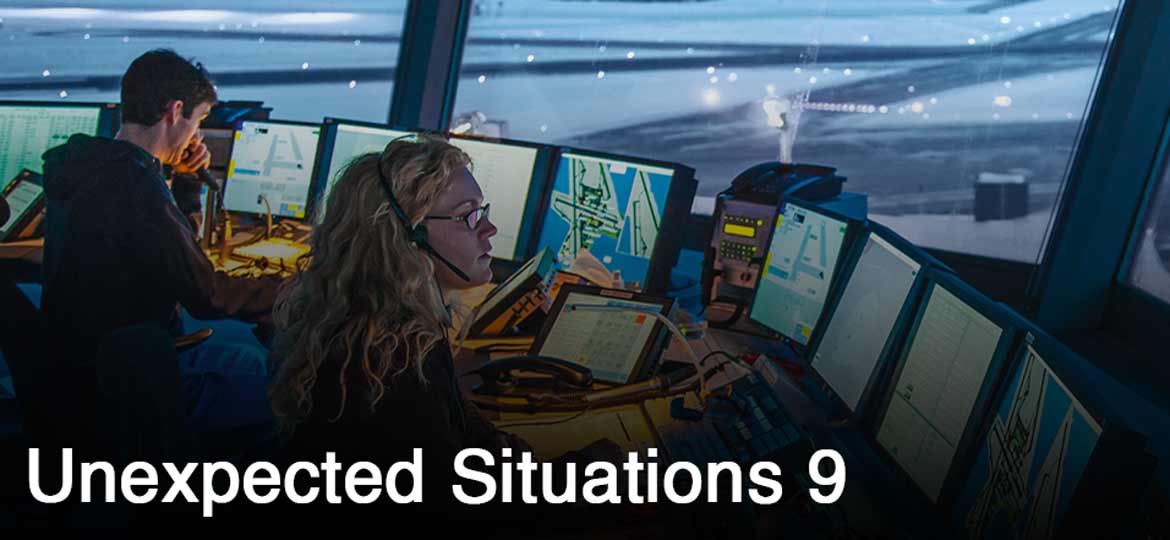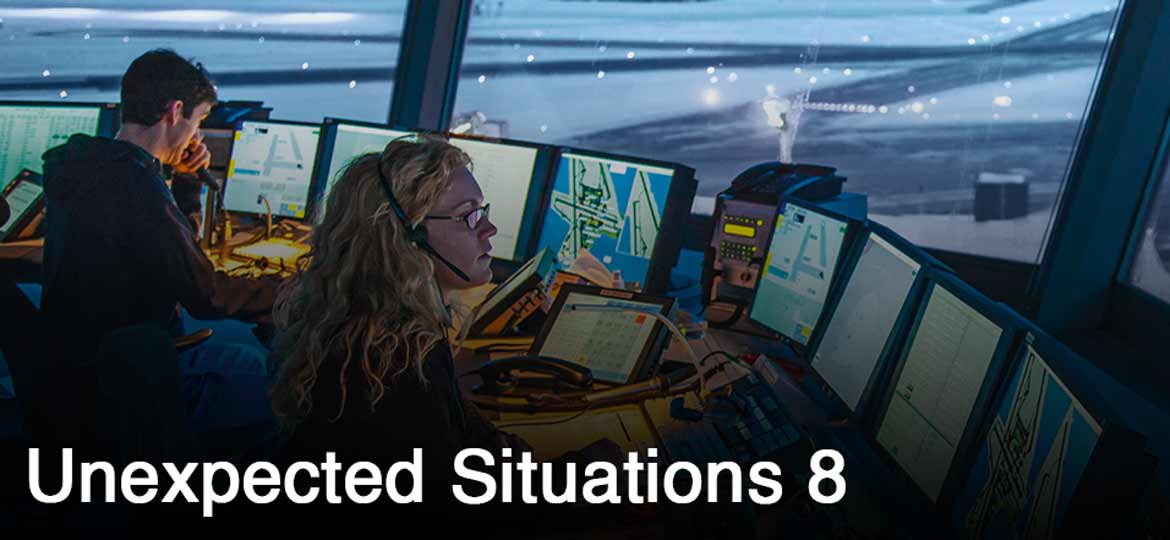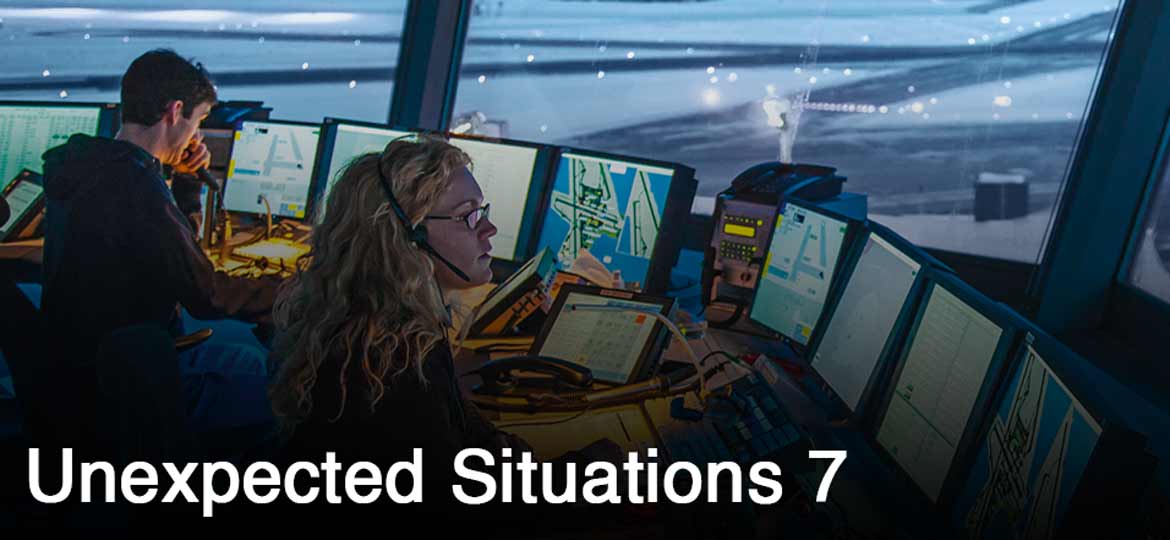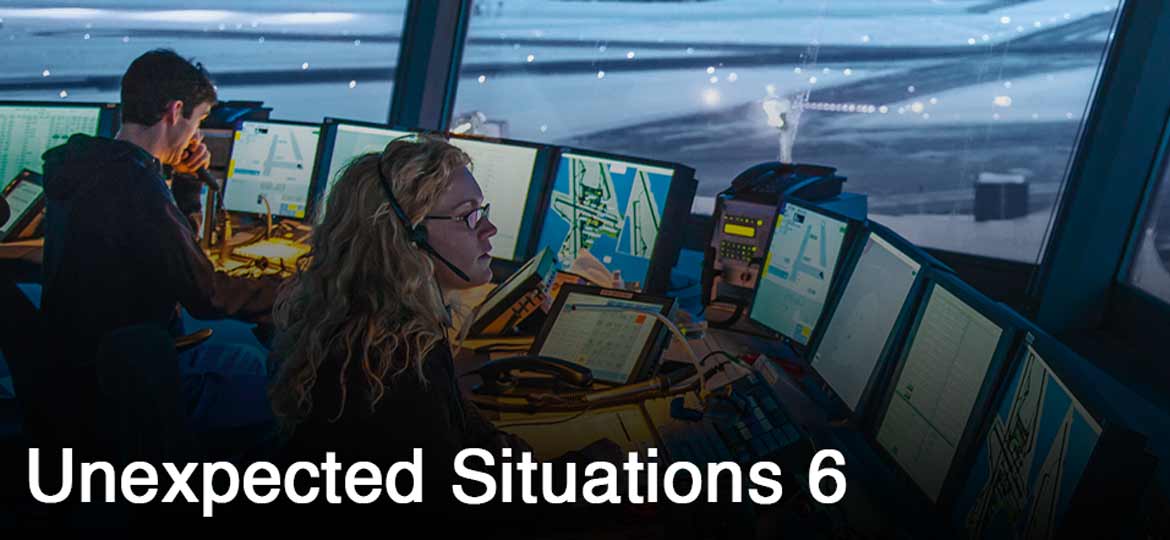Part 3: You will listen to three different communications between pilots and air traffic Controllers. The recordings will be played twice. there is a five-second pause before the recording is repeated. After listening to the recording, you should tell everything that the pilot and the controller said.
Situation 1
Pilot
ATC
Now tell me, in your own words, everything that the pilot and the controller said.
Suggested Answer
When is it required to jettison fuel? Why?
Suggested Answer
Fuel dumping or Fuel jettison is necessary when the aircraft suffers a problem while taking off and thereof, the best procedure to be done is to come back to the airport for assistance.
Fuel jettison is required to bring down the aircraft’s weight to avoid an overweight landing.
In a nutshell, problems with the landing gear is required a Fuel dumping for heavier and larger aircraft or holding to burn off fuel in case of smaller jets.
Situation 2
Pilot
ATC
Now tell me, in your own words, everything that the pilot and the controller said.
Suggested Answer
Why does a pilot need to descend in case of sudden decompression?
Suggested Answer
Pilots need to descend in case of decompression in order to provide comfort and safety for the passengers which it turns out to be the best and effective procedure to be done for this critical situation.
A sudden decompression is extremely aggressive for the passengers, forcing pilots to carry out an emergency descent to a lower flight level to find oxygen, thereby avoiding hypoxia.
Situation 3
ATC
Pilot
Now tell me, in your own words, everything that the pilot and the controller said.
Suggested Answer
How important is flight attendant training for the safety of the operations?
Suggested Answer
Flight attendant training is critically important for the safety of airline operations, because they play a vital role in ensuring the safety and well-being of passengers on board.
Their training equips them with the necessary skills and knowledge to handle various emergency situations, such as evacuations, medical emergencies, and in-flight incidents.
Now, considering the three situations you have heard in part three:
How would you compare them? You may want to compare them in terms of severity, possible solutions and ways of prevention. Which one do you think is the most difficult to deal with? Why?
Suggested Comparison Answer
In my opinion, THE SITUATION NUMBER 2, SUDDEN DECOMPRESSION, IS THE MOST CHALLEGING SITUATION!
Unexpected situation like this calls for immediate action, especially when it comes to losing a door.
The crew members are trained to handle emergencies and have specific procedures to follow when facing such a scenario; nevertheless, it’s not always possible to locate a suitable airport or an available landing spot to carry out an emergency landing and get assistance.
The passengers are significantly impacted by the abrupt loss of pressure and oxygen, making them vulnerable to hypoxia.
The SOP calls for an immediate descent to a safe flight level where they can access enough oxygen and initiate the procedures to the landing at the nearest suitable airport.
As a pilot, to prevent such incidents, I recommend regular preventive maintenance and updating the fleet.
Situation number 1, HAVING INJURED PASSENGERS ONBOARD DUE TO SEVERE TURBULENCE, is easier than situation number 2 as the pilots declared urgency and they would have priority for landing for medical assistance.
There were some injured passengers on board but the medical assistance would be available for them after landing.
Therefore it is absolutely crucial and mandatory to check the meteorological conditions before every single flight and keep an eye out of to the weather radar information during the flight to avoid going through critical situation like this.
And THE LAST, BUT NOT LEAST! SITUATION NUMBER 3, IS THE EASIEST ONE TO SORT OUT, as they were on the ground and had all the immediate support.
I can imagine that having a scape slide accidentally deployed on the ground may hold up everything, thereby bringing about some delays, hassles and disorders for both passengers and crew, but nevertheless it does not pose any significant threads to the flight safety
To prevent a situation like this, I think companies should invest in better training for Flight Attendants to learn how to efficiently handle all the procedures.
Se você gostou desse post do Call to Fly, divulgue utilizando os canais de Mídia!!
Abraço!! Rumo ao topo!
Leandro Araujo
Se você gostou desse post do Call to Fly, divulgue utilizando os canais de Mídia!!
Abraço!! Rumo ao topo!
Leandro Araujo
